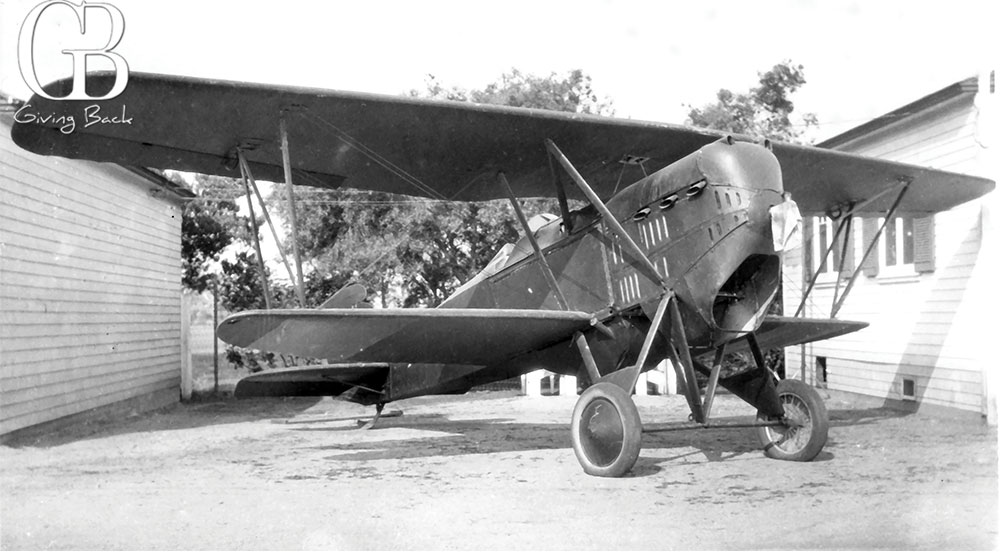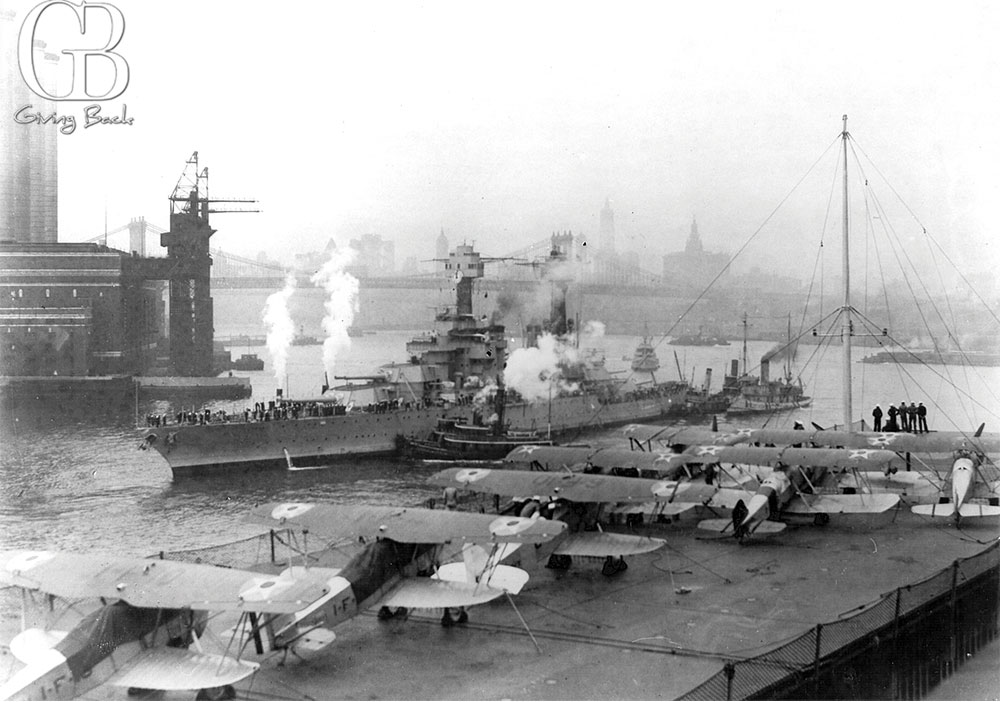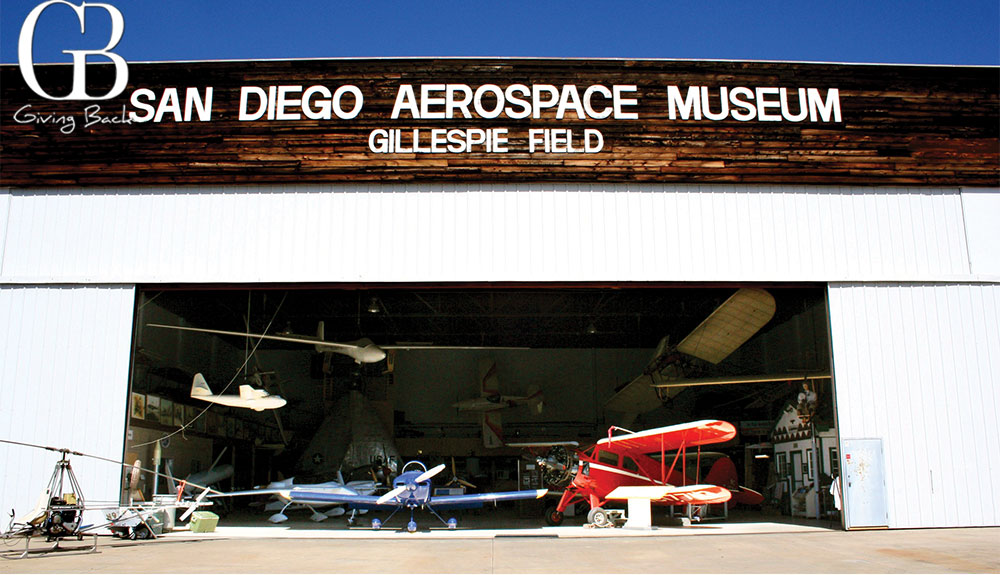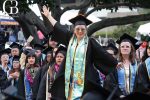Restoring an Icon: A Boeing FB-5 Biplane

The San Diego Air & Space Museum is in the final stages of restoring an FB-5 biplane, the first airplane designed and built specifically for use on an aircraft carrier.
The origins of the FB-5 can be traced to one of the greatest aircraft of the First World War: the Fokker D.VII fighter of Germany. After studying the excellent qualities of that legendary aircraft, Seattle’s Boeing Airplane Company produced the PW-9, a nimble fighter introduced to the US Army Air Service in 1923.
Impressed with the PW-9, the Navy ordered ten virtually identical FB-1s, though not equipped for use on aircraft carriers. Eventually, the design evolved to allow for the rigors of flying from aircraft carriers. The fuselage and landing gear were strengthened, a tail hook was added and, with the FB-5, the wings were staggered to allow for greater pilot visibility and the rudder was redesigned for improved stability.
The FB-5 made its first flight on October 7, 1926 and twenty-seven were delivered to the Navy on January 21, 1927. The delivery was unique in itself: standard procedure had been to either truck the aircraft or assemble and fly them off. However, each FB-5 was stood on its nose on a dolly, rolled out of the Boeing factory, and placed on a barge in Seattle Harbor that took them to the awaiting carrier USS Langley. Therefore, each FB-5 made its maiden flight from the Langley’s deck. Though a satisfactory fighter, the FB-5 fell victim to the Navy’s move in the 1930s towards air-cooled engines exclusively for carrier-based aircraft. After only a few years in carrier service, the FB-5s were passed to the Marine Corps for use with shore-based squadrons.
The basic structure of the Museum’s FB-5 restoration project arrived at Gillespie Field in 2012 from Fred Peters of Corona, California. It was an incomplete tubular steel fuselage, partially complete lower wings, upper wing ribs, and various detail parts, most of which were reproductions. There were only a few detail parts in the aircraft that are original.
The San Diego Air & Space Museum’s rare FB-5 is on display at the Museum’s Annex at Gillespie Field in El Cajon. The site serves as an additional exhibit space for the Museum’s growing collection, as well as a storage and restoration facility. Only four examples of the FB-5 exist today: one at the San Diego Air & Space Museum, one at the National Air and Space Museum, one at the Marine Corps Museum at Quantico, and one at the Planes of Fame Museum at Chino.
In 1984, the San Diego Air & Space Museum moved into its 10,000 square foot hangar at Gillespie Field. This storage and restoration facility is located at the northeastern corner of the airport and visitors can view various aircraft in the Air & Space Museum’s collection. Numerous examples of large military jets, private sport aircraft and small racing planes are stored and displayed at the Annex.
The Restoration Shops at Gillespie, similar to those in the basement of the Museum’s main location in Balboa Park, are staffed by highly skilled volunteers. In addition to repairing various historic aircraft, the volunteers are able to build planes from scratch, which they did with the splendid Sopwith Pup on display in the Museum’s World War I Gallery.
Of local significance, a Convair F-102A Delta Dagger was completely restored at the Annex. Delta Daggers were built in San Diego at Convair’s Lindbergh Field plant in the mid-1950s. Many of the volunteers who participated in preservation efforts actually worked on the F-102 while employed by Convair/General Dynamics. In addition to the FB-5, other recent additions at Gillespie are the last flight-worthy S-3 Viking, a P2 Neptune, and Baron Hilton’s famous Staggerwing.
The Museum’s Gillespie Field Annex is open from 9 a.m. to 4 p.m. Wednesday through Sunday, except Thanksgiving and Christmas Day.









